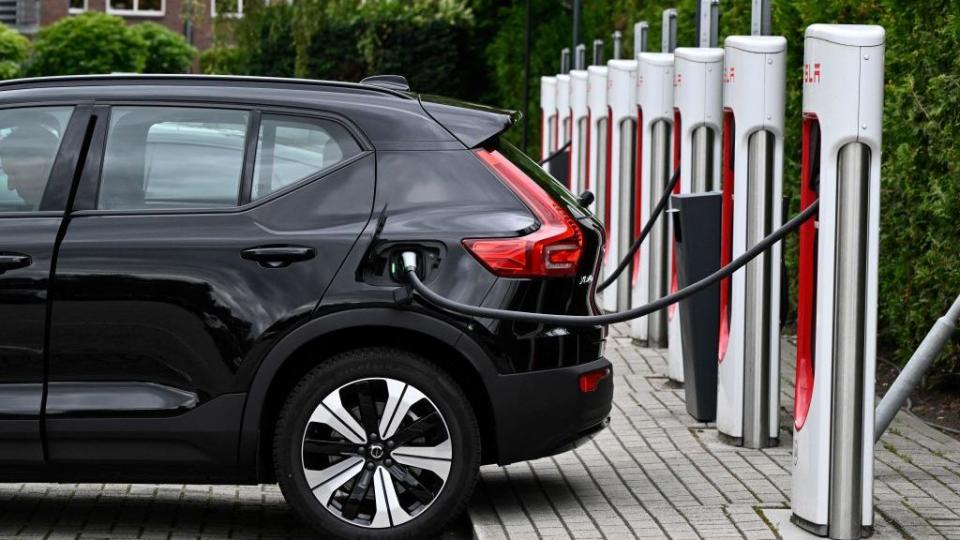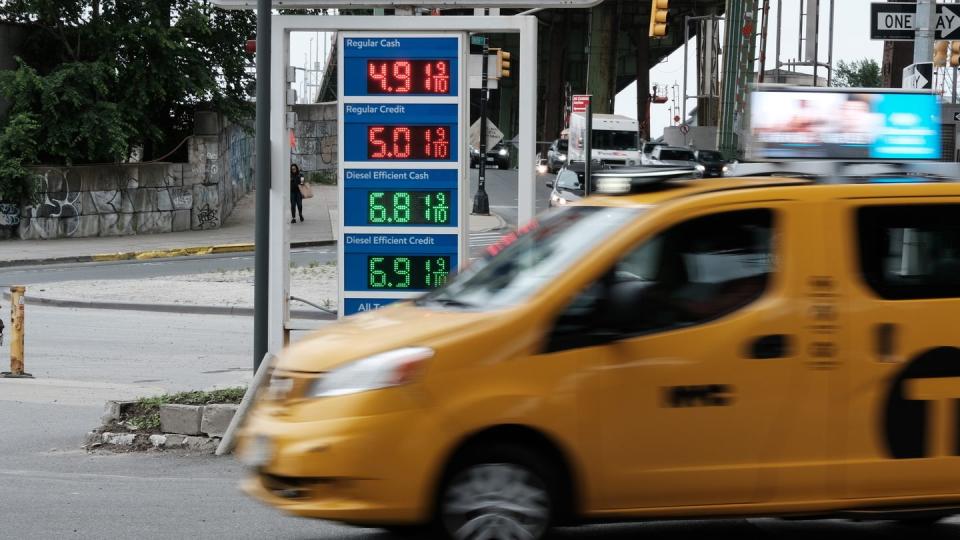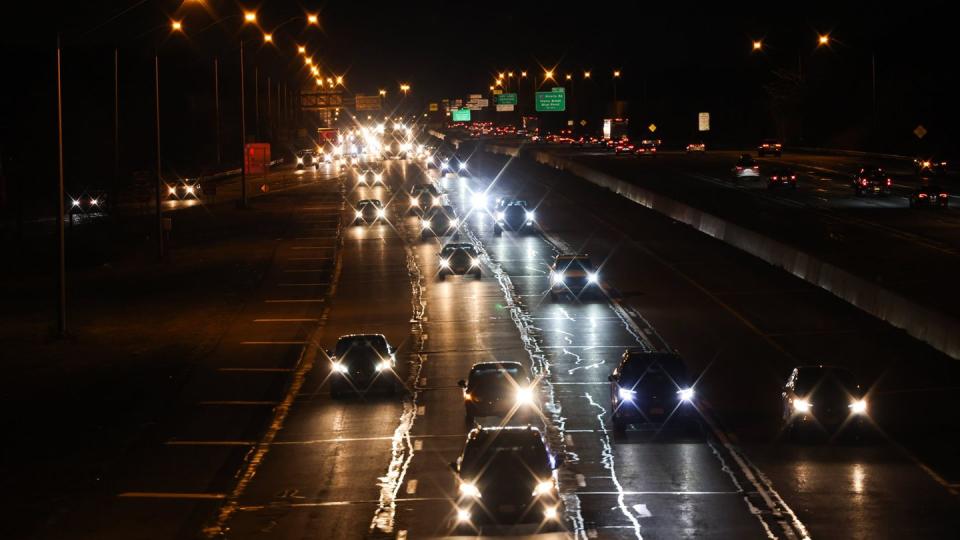Here’s Why EVs May Soon Be Taxed for Every Mile Driven

As the automotive world shifts around us, the transition from gas to electric is not just a struggle for consumers, but governments as well.
Since the 1930s, driving infrastructure like roads, bridges, and tunnels have been funded largely through gas taxes, and an EV shift threatens that.
Taxes for miles traveled or road user charges set out to eliminate this deficit by charging every driver per mile, though such programs have a ways to go.
In 1932, in the depths of the Great Depression, a temporary 1-cent-a-gallon federal tax was imposed, direly proposed by Secretary of the Treasury Ogden L. Mills and begrudgingly signed by President Herbert Hoover. One year later, the supposedly temporary tax was not only extended but raised to 1.5 cents a gallon. You can probably see where this is going.
Additional gas tax rate hikes continued throughout the 20th century, typically spurred on by the threat or existence of war, until 1993, when the taxation locomotive came to a halt. Since then, 18.4 cents in federal funding is included in the price of a gallon of gasoline, despite numerous attempts at raising it.

To most motorists, the intricacies of tax code and behind-the-scenes lobbying are primarily an annoyance. Bottom line, most Americans just want to know how much a gallon of gas costs and be on their way. But as we move toward the combustion-free era, it's worth considering how our lives are about to change.
Shifting from a gas tax
Consider that gas taxes fund roughly 80% of the Highway Trust Fund's revenues. It's no longer a question of if, but rather when EV taxes will start and how exactly they will roll out. And the federal government is already supposed to be testing a few concepts.
These changes aren't happening under the Department of Transportation's own free will, as the Infrastructure Investment and Jobs Act of 2021 required the US Secretary of Transportation to establish a Vehicle-Miles-Traveled Fee pilot program. However, this plan has been stalled far past its 90-day starting requirement, prompting experts to push back.
Specifically, the Eno Center for Transportation published a report expressing grave concerns about the fed's relative lack of inaction. The non-profit think tank can see a near future where owners of new EVs pay nothing in federal fuel taxes while a declining population of internal-combustion vehicles fails to adequately support the current highway funding scheme.
"Federal policymakers are unable or unwilling to increase highway user tax rates, even to keep pace with inflation," the report reads. "The result is a system that has required over a quarter trillion-dollar infusion of revenue over only the last 15 years and effectively severed the principle of 'user-pay, user-benefit.'"

That's why the Washington, D.C.-based organization is lobbying for a federal vehicle-miles traveled (VMT) fee, mileage-based user fee (MBUF), or a road usage charge (RUC). At their core, all of these charges are based on distance traveled, with some tax variation depending on geography, vehicle weight, time of day, etc.
Shift to miles driven
What exactly would this look like for everyday drivers? Some proposed pilot programs use a rate based on fuel efficiency, while others use different rates based on the type of passenger vehicle (sedan, SUV, truck).
Logistically, a number of these federal pilot proposals use GPS-enabled collection methods to track miles driven, allowing for additional congestion pricing or low-emissions zone enforcement, too.

Conceptualizing how this tax will be assessed doesn't have to be all theoretical, though. In typical fashion, a number of states are already ahead of the federal government in testing out pilot programs. After all, it was state governments that got the jump on gas taxes as well, with every state imposing some form of them by 1932.
In order to better understand this miles-traveled-tax future, we did a deep dive into Oregon's current pilot program, known as OReGO. Guiding us through this complex program was Maureen Bock, OReGO's program manager.
Oregon tests road-use tax
Notably, Oregon has been examining this issue for quite some time. The state established a Road User Fee Task Force in 2001 and assessed its first road-usage charge in 2007, followed by two more over the next several years. ODOT launched its OReGO project in 2015.
Around 800 volunteers currently participate in the OReGO program and pay 1.9 cents for each mile they drive, with all collected revenue being funneled into the State Highway Fund.
If you volunteer for the program and own a plug-in hybrid, you pay the 1.9 cents per mile plus the 38 cents per gallon gas tax that Oregon currently imposes. That rate is set to hit 40 cents per gallon by 2024.
VEHICLES ARE INVOLVED
Besides PHEVs, this program targets light-duty passenger vehicles that are all-electric or fueled by compressed natural gas or propane. In exchange for participation, ODOT offers monetary incentives such as reduced registration costs for EVs and fuel-tax credits for ICE vehicles.

 Yahoo Autos
Yahoo Autos 